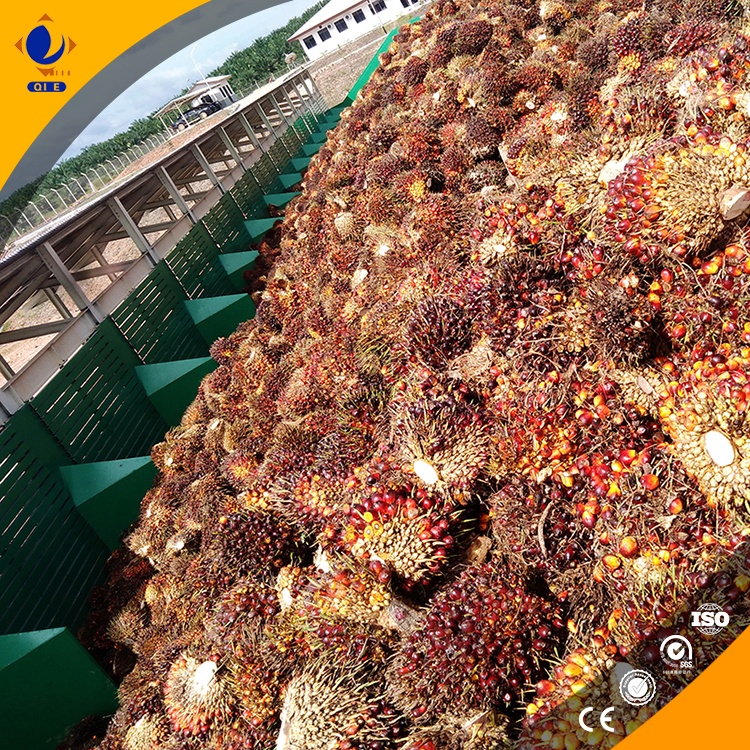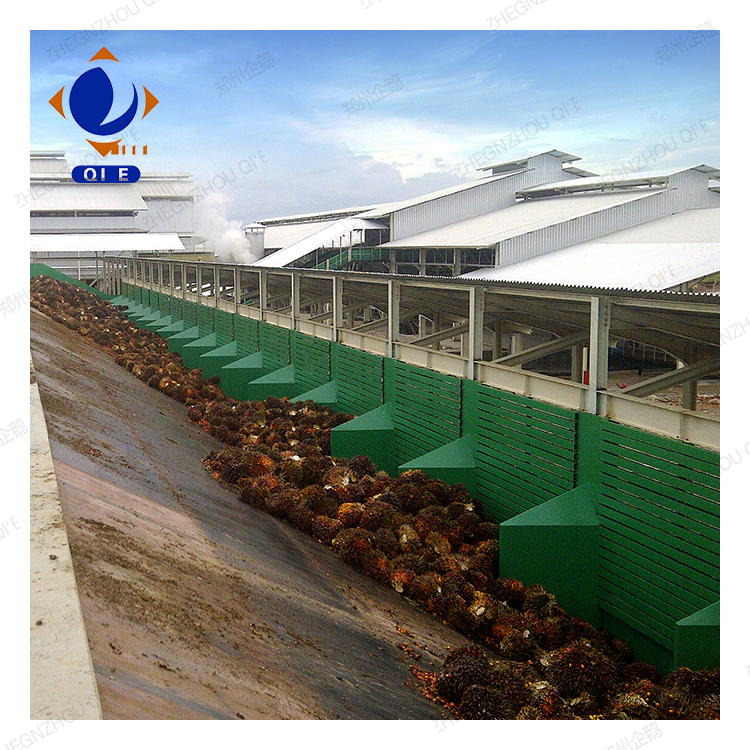
The traditional refining process in the oil processing industry has long been plagued by several issues. It suffers from low efficiency, high energy consumption, and significant fluctuations in product quality. These problems not only increase production costs but also make it difficult for enterprises to meet the growing market demand for high - quality edible oils. For instance, in many traditional soybean oil refineries, the energy consumption per unit of production can be as high as 20 - 30% more than more advanced processes, and the qualified rate of refined oil may only hover around 90%.

The overseas customer in this case is a small - to - medium - sized oil mill. It has been facing significant challenges in terms of production capacity bottlenecks and cost pressures. With the increasing market competition, the factory found it difficult to expand its market share due to limited production capacity. At the same time, high energy consumption and labor costs were squeezing profit margins. These issues are common among many small - scale oil processing plants around the world.
The factory switched from a semi - continuous refining system to a continuous refining system. The continuous system allows for a more seamless and efficient production process, reducing the time and energy wasted in the start - stop operations of the semi - continuous system. This change alone contributed significantly to the overall efficiency improvement.
By carefully analyzing and adjusting key process parameters such as temperature, pressure, and reaction time, the factory was able to optimize the refining process. For example, adjusting the reaction temperature in the deodorization process can improve the quality of the refined oil while reducing energy consumption.
The introduction of advanced automation control systems replaced a large amount of manual operation. This not only improved the accuracy of the production process but also reduced the labor cost. Workers can now monitor and adjust the entire production process through a central control panel, ensuring a more stable and consistent production.

After implementing these optimization measures, the factory achieved remarkable results. The production capacity of the soybean oil refining machine increased by 30%, which means it can now process more raw materials in the same amount of time. The energy consumption decreased by 15%, leading to significant cost savings. Moreover, the qualified rate of the refined oil increased to 99%, which is a significant improvement compared to the previous level. As the factory manager said, "These improvements have not only increased our competitiveness but also allowed us to better meet the market demand."
| Indicator | Before Optimization | After Optimization |
|---|---|---|
| Production Capacity | 100 units per day | 130 units per day |
| Energy Consumption | 100 kWh per unit | 85 kWh per unit |
| Qualified Rate of Refined Oil | 90% | 99% |
For other small - to - medium - sized oil processing plants, the first step is to assess their own process bottlenecks. This can be done by analyzing production data, such as energy consumption, production capacity, and product quality over a period of time. Once the bottlenecks are identified, a targeted improvement plan can be developed. This may involve equipment upgrades, process parameter adjustments, or automation control improvements. By following this general methodology, other factories can also achieve significant efficiency improvements.

These improvements not only bring direct economic benefits but also enhance the factory's brand professional image. Customers are more likely to trust a factory that can provide high - quality products with stable production. This can lead to stronger customer relationships and increased cooperation opportunities. By sharing this case, it is hoped that more small - to - medium - sized oil processing plants can learn from it and achieve high - quality growth.
Discover How Our Solutions Can Optimize Your Oil Refining Process


